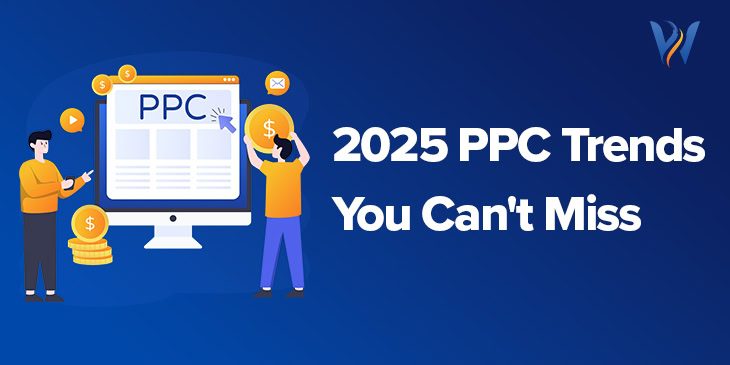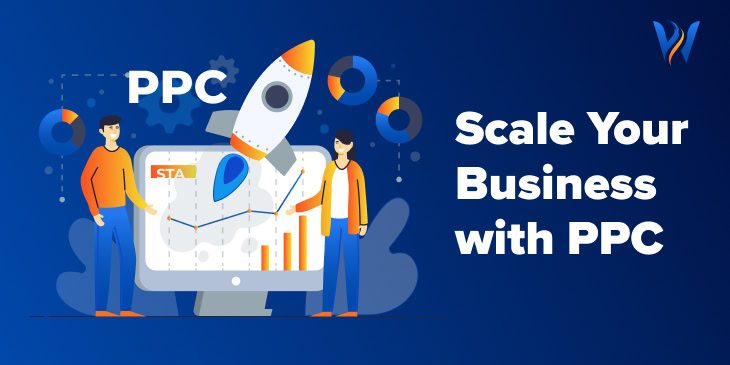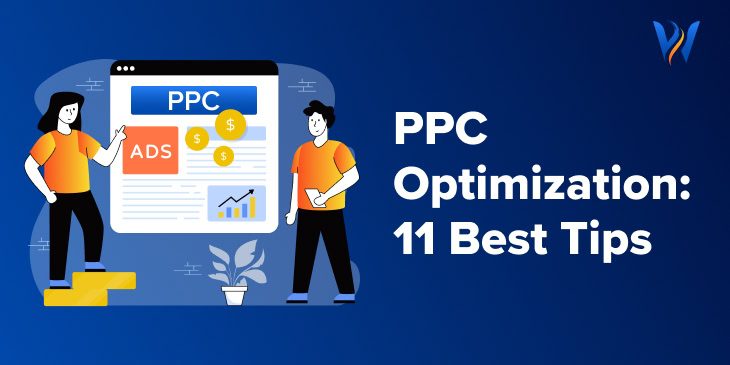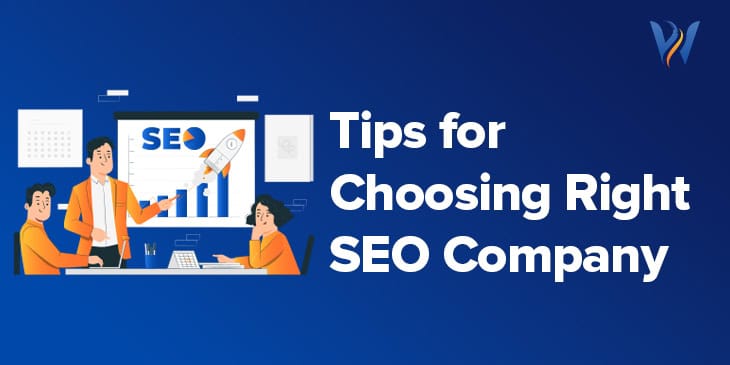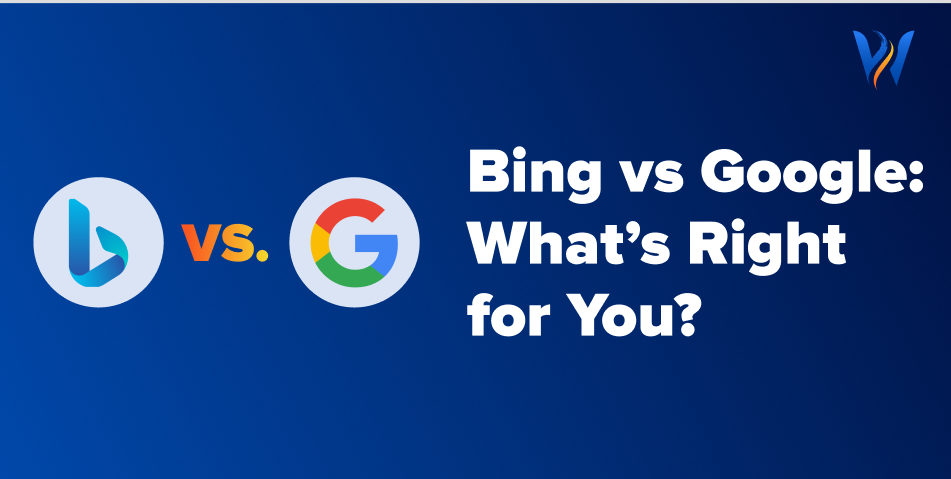Running effective Google Ads campaigns is essential for driving traffic and conversions, but managing costs is just as important. If you’re wondering how to reduce CPC in Google Ads, this guide offers clear, actionable strategies to help you minimize expenses while maximizing results.
Let’s dive into techniques that will optimize your campaigns, keep your costs under control, and improve your overall return on investment (ROI).
What is CPC in Google Ads?
Cost Per Click (CPC) refers to the amount you pay each time someone clicks on your ad. Managing and reducing CPC is critical for ensuring your campaigns are profitable. Lower CPC means more clicks within the same budget, offering more opportunities for conversions.
This guide highlights lower CPC techniques that help you reduce costs and achieve sustainable results.
10 Tips to Lower CPC in Google Ads
To reduce CPC in Google Ads, you need a smart and systematic approach. Here are the 10 most effective strategies:
1. Focus on Long-Tail Keywords
Long-tail keywords are more specific and often less competitive, which leads to lower CPCs. For example, instead of targeting “laptops,” try bidding on “best laptops for students under $500.”
This approach attracts more qualified traffic, increasing your conversion rate and overall campaign efficiency.
2. Use Negative Keywords
Negative keywords ensure your ads don’t appear for irrelevant searches. For example, if you sell premium products, exclude keywords like “cheap” or “free.”
Regularly review the Search Terms Report in Google Ads to identify unqualified clicks and add those terms to your negative keyword list. This is one of the most effective Google Ads optimization practices.
3. Improve Quality Score
Google assigns a Quality Score (1 to 10) to your keywords, directly affecting CPC. Higher Quality Scores lead to lower CPC.
To improve your Quality Score:
- Ad Relevance: Ensure your ad copy aligns with the intent of the keyword.
- Landing Page Experience: Provide fast, mobile-friendly, and relevant pages.
- Click-Through Rate (CTR): A high CTR signals value to users and improves your Quality Score.
4. Test Keyword Match Types
Choosing the right match type can help control your ad spend:
- Broad Match: Provides a wider reach but may lead to irrelevant clicks.
- Phrase Match: Targets specific search phrases for more precision.
- Exact Match: Focuses on the most relevant searches, ensuring higher-quality clicks.
Experimenting with match types allows you to strike the right balance between reach and CPC.
5. Optimize Ad Scheduling and Geo-Targeting
Not all times or locations yield the same results. Use:
- Ad Scheduling: Run ads during peak times when your audience is most active.
- Geo-Targeting: Focus on regions where your products or services are in demand.
For example, a local service provider could limit ads to business hours and target only their service area. These adjustments are powerful tips to lower CPC in Google Ads effectively.
6. Write Engaging Ad Copy
Better ad copy increases CTR, which improves Quality Score and lowers CPC. To create compelling ads:
- Highlight benefits like discounts, free shipping, or guarantees.
- Use actionable phrases like “Get Started Today” or “Sign Up Now.”
- Incorporate numbers or data to grab attention (e.g., “Save 20% Now”).
Testing different ad copies can help you identify what resonates most with your audience.
7. Use Advanced Ad Formats
Choose the right ad format to enhance relevance and performance:
- Responsive Search Ads (RSAs): Google dynamically combines headlines and descriptions to improve ad performance.
- Dynamic Search Ads (DSAs): These automatically match your website content to relevant searches, saving time and improving click quality.
These ad formats make Google Ads optimization easier by increasing traffic and lowering costs.
8. Focus on Audience Targeting
Targeting high-value audiences ensures your ads are seen by users most likely to convert:
- In-Market Audiences: Reach users actively searching for similar products.
- Remarketing: Re-engage visitors who showed interest in your site but didn’t convert.
By narrowing your focus to engaged users, you can increase ROI while reducing CPC.
9. Run A/B Tests to Identify What Works
Testing is key to optimizing campaigns. Use A/B testing to compare:
- Headlines and descriptions.
- Call-to-action phrases.
- Visual elements or ad extensions.
Consistent testing helps identify effective strategies for achieving a good cost per click while improving conversions.
10. Monitor and Adjust Campaigns Regularly
Ongoing analysis is crucial for maintaining performance. Focus on:
- CTR to measure engagement.
- Conversion Rates to assess the quality of clicks.
- Search Terms Report to refine your keyword list.
Frequent adjustments ensure your campaigns remain competitive and cost-effective.
Why Reducing CPC Matters?
Final Thoughts
Reducing CPC in Google Ads requires a combination of strategic planning, regular adjustments, and a data-driven approach. By following these tips to lower CPC in Google Ads, you can optimize your campaigns for long-term success.
Contact WebIndia Inc. to learn how our experts can help you implement these strategies for cost efficiency and maximum ROI. Let’s make every click count!


